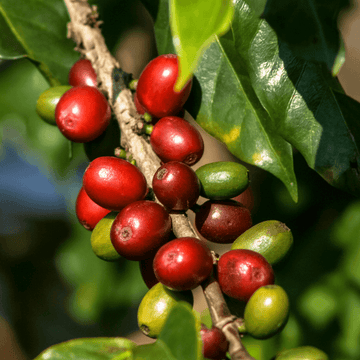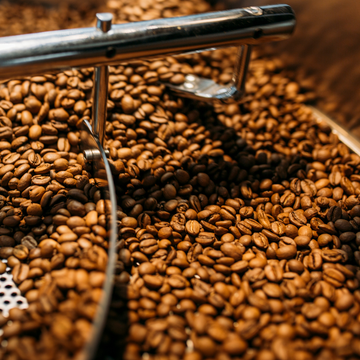Fair Trade, conventional, and direct trade coffee represent different approaches to the purchasing of green coffee. We at Per’La rely on the direct trade model as we find that the transparency from the Fair Trade organization isn’t always clear. With Direct Trade we know exactly what the farmers are being paid for the coffees we are purchasing. Below are some aspects to consider:
1. Fair Trade Coffee - certified by the Fair Trade International
- Emphasizes fair wages, ethical labor practices, and community development.
- Certification Governed by standards set by organizations like Fair Trade International.
- Transparency: The Organization aims for transparent supply chains, ensuring consumers know the ethical practices behind the product. Yet there is no clear transparency on the final price paid to the farmer.
2. Conventional Coffee: Mostly what you’ll find at grocery stores.
- Follows traditional market practices without specifically emphasizing fair wages or sustainable methods.
- Production methods and labor conditions can vary widely, potentially lacking the ethical considerations found in fair trade.
3. Direct Trade Coffee:
- Involves direct relationships between producers and buyers, often leading to a more personal connection.
- Focuses on higher quality coffees and can provide farmers with more flexibility in their practices.
- Highlights traceability, as consumers can learn about the specific farms and processes involved.
- Gives full transparency on what the farmer is being paid for the coffee purchased.
- With the relationship the farmer is removed from the ups and downs of coffee market volatility as they know the price their coffee will sell for and can then financially plan their incomes
Choosing among them depends on personal values. Fair trade prioritizes ethical standards, conventional coffee reflects standard market practices, and direct trade emphasizes personal relationships, price transparency, and quality.





